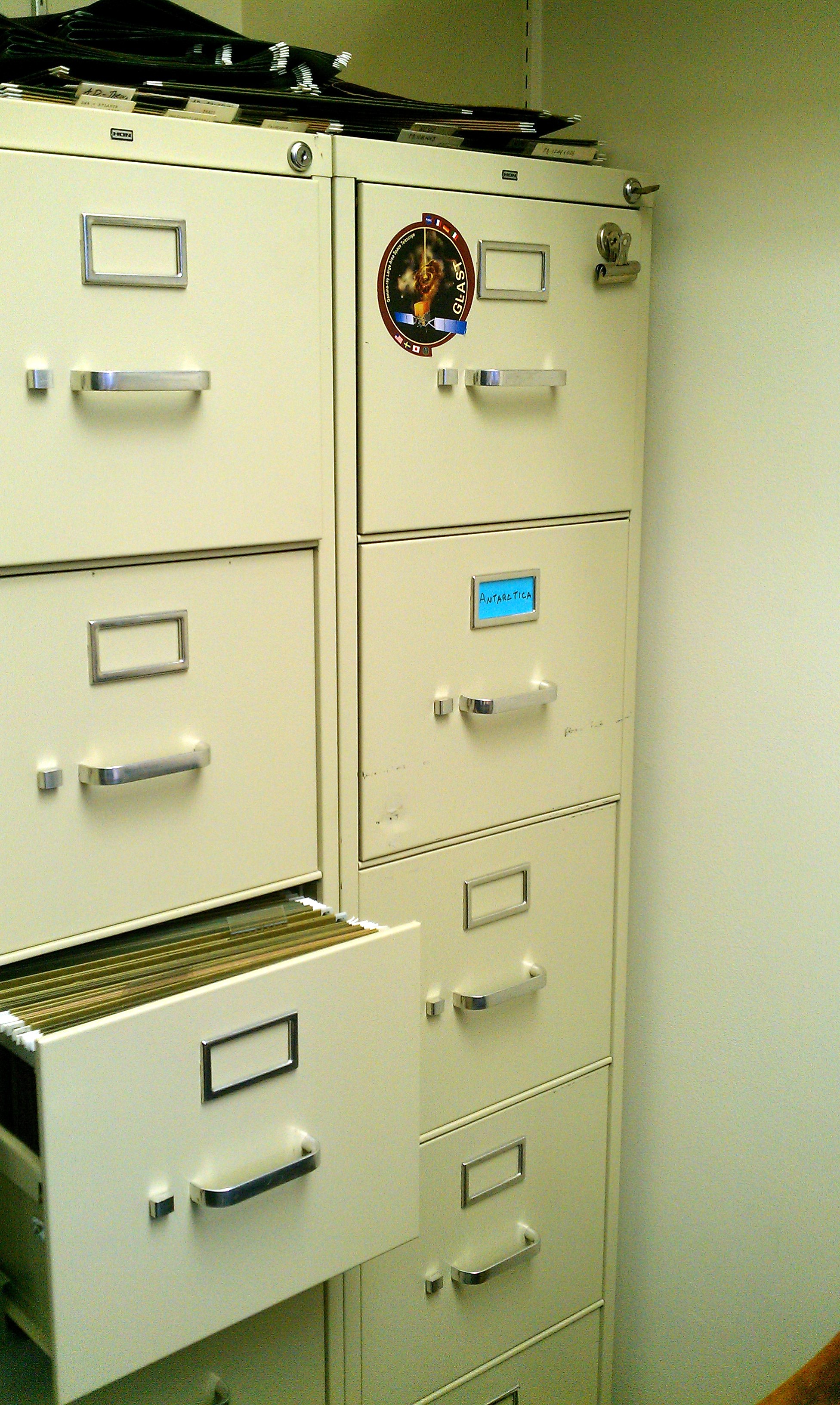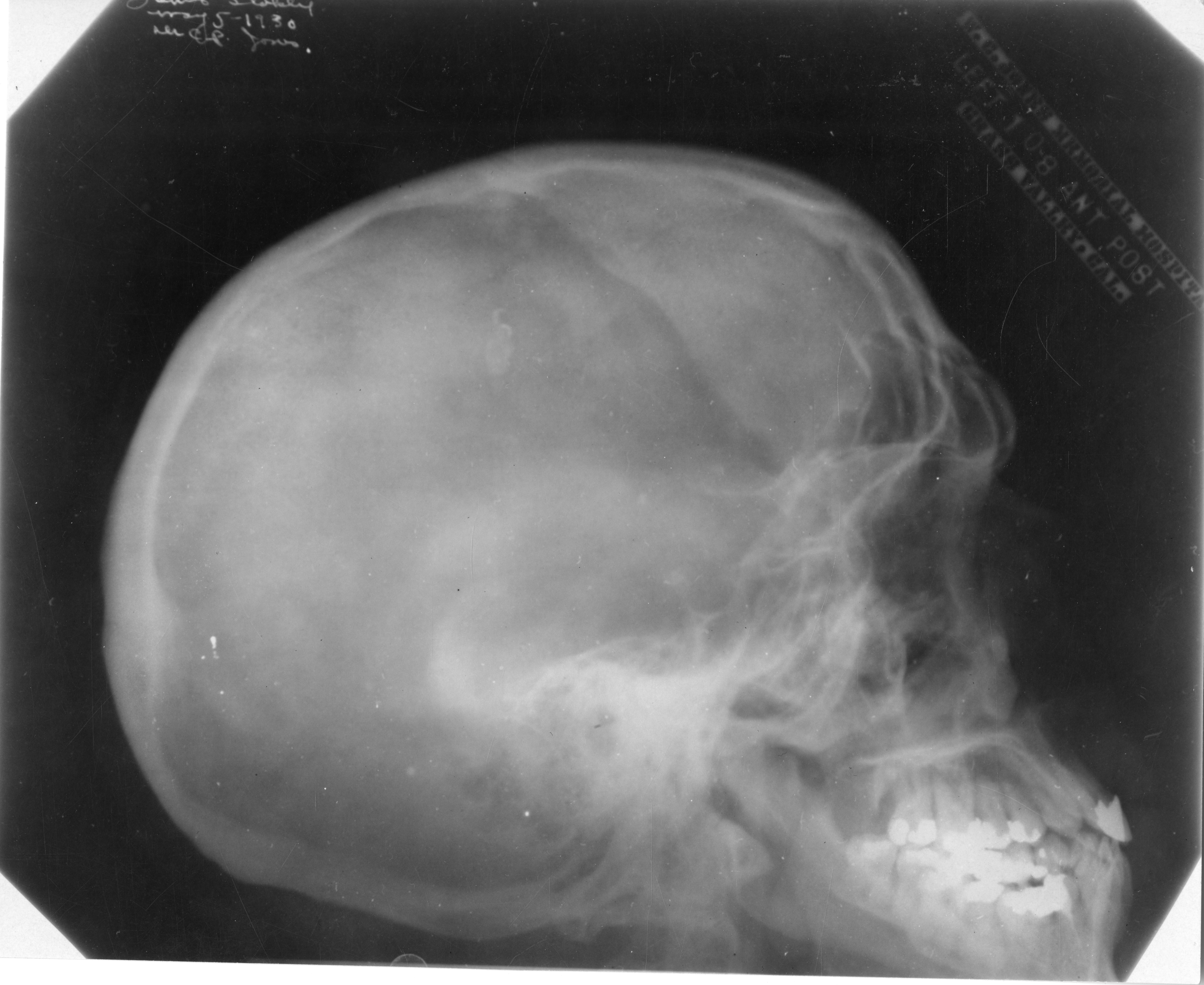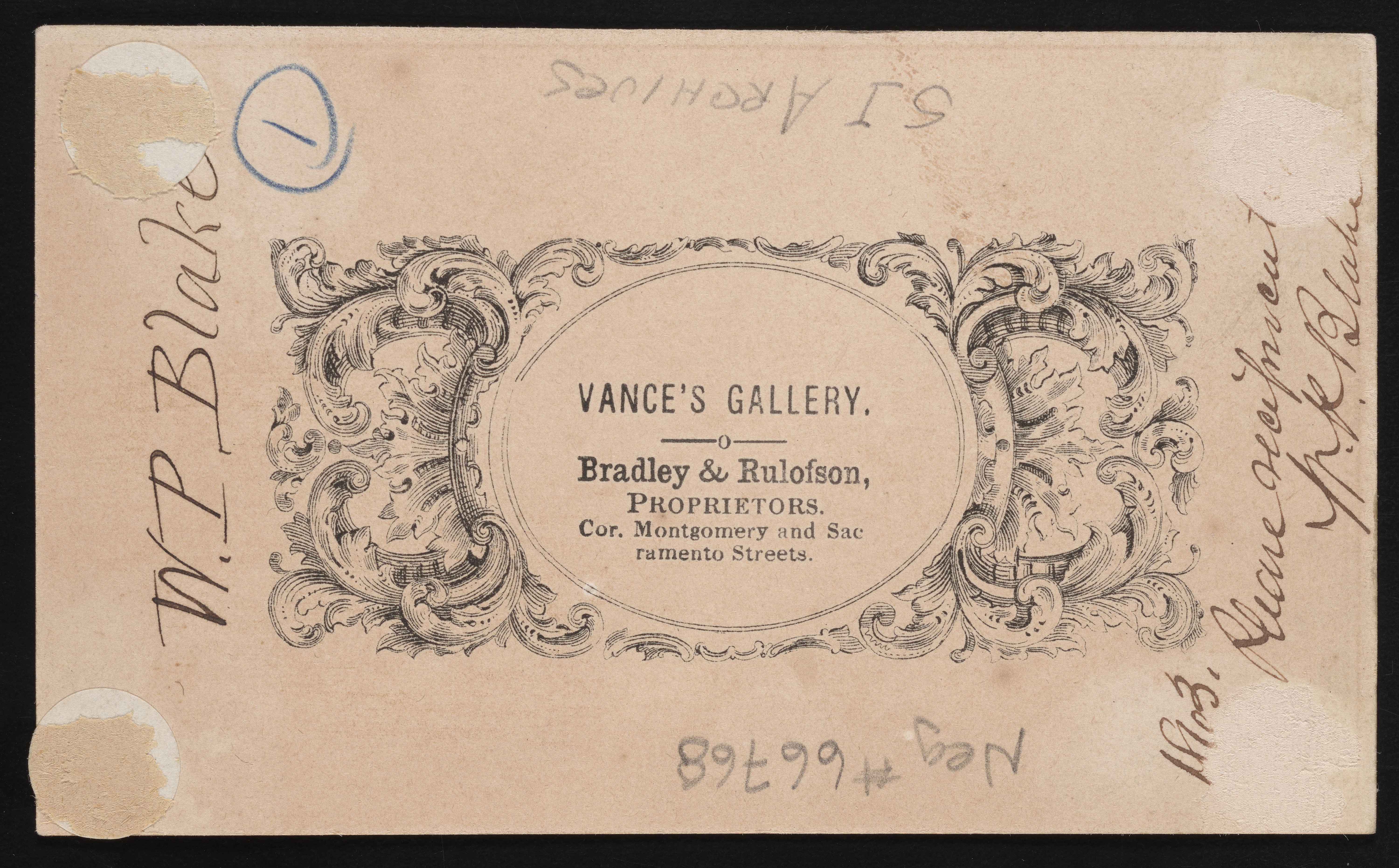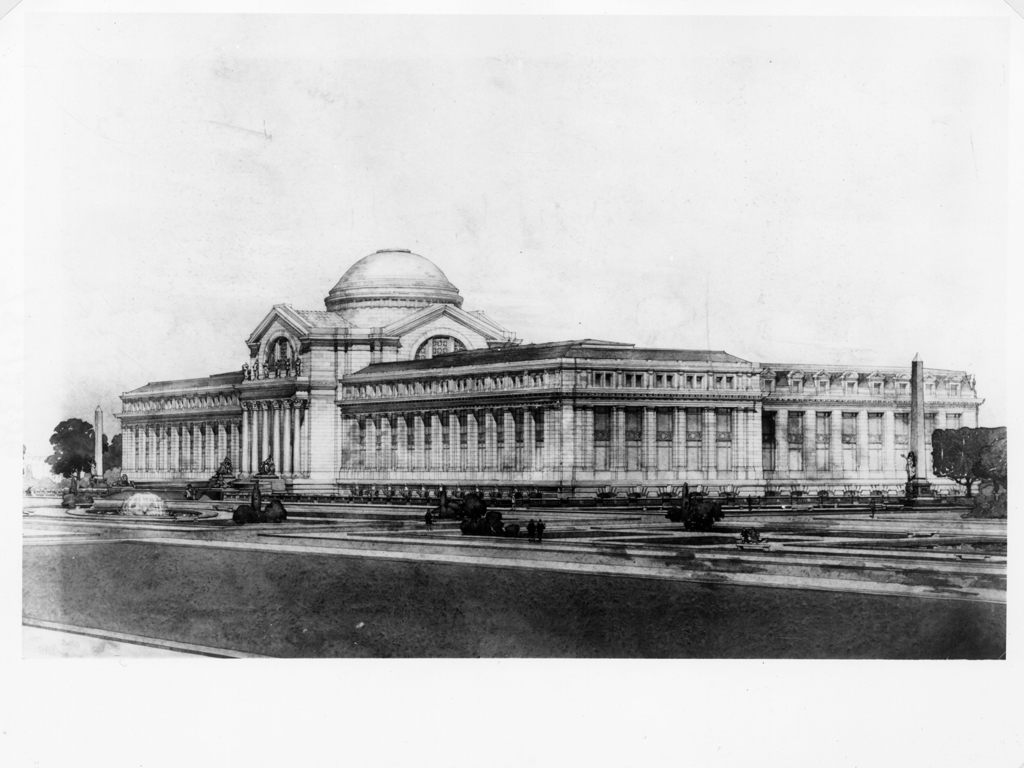Results for "Washington (D.C.)"
- Blog Post
Save Our African American Treasures
- Date: March 29, 2011
- Description: [caption id="attachment_12162" align="aligncenter" width="384" caption="A participant discusses a lock of hair from a member of her family with NMAAHC staff at a Save Our African American Treasures event held in Detroit, Michigan, by Michael Barnes, Courtesy of The Smithsonian's National Museum of African American History and Culture."][/caption] [caption
- Blog Post
A Surprise from Th Jefferson
- Date: January 6, 2011
- Creator: Tad Bennicoff
- Description: [caption id="" align="alignright" width="221" caption="At the turn of the century, visitors are entering and leaving the United States National Museum Building, now Arts and Industries Building, via the North Entrance, c. 1900, by Unidentified photographer, Photographic print, Smithsonian Institution Archives Record Unit 95 Box 32 Folder 8, Negative Number:

Adelia Gates—Flower Painter or Botanical Illustrator?
- Date: March 31, 2011
- Creator: Nora Lockshin
- Description: Access the official records of the Smithsonian Institution and learn about its history, key events, people, and research.

Making the Most of Vacation Memories
- Date: June 24, 2014
- Creator: Lynda Schmitz Fuhrig
- Description: Summer means family vacations and making memories. Here are some ideas for before and during the trip.
- Blog Post
Smithsonian Scientists at Work
- Date: April 20, 2017
- Description: [view:sia_slideshow==75408]Scientific research has been integral to the Smithsonian, from its founding to today. The Smithsonian's founder, Englishman James Smithson, saw in the U.S. (according to his biographer, Heather Ewing) "a place of the future" that could support "science and progress for humanity." He believed that scientists were "citizens of the world" and that the

Celebrating National Radio Day
- Date: August 18, 2022
- Description: We’ve shared a lot about The World Is Yours, the Smithsonian’s first educational radio show, but this National Radio Day, we are highlighting some of the other radio programs in our collections.

Documenting a Geologist's Adventures
- Date: December 11, 2012
- Creator: Tammy L. Peters
- Description: The Smithsonian Institution Archives recently acquired the papers of Ursula Marvin, a Smithsonian Astrophysical Observatory geologist who has studied meteorites and lunar samples.

Science Service, Up Close: Covering Eclipses, Near and Far
- Date: August 15, 2017
- Creator: Marcel Chotkowski LaFollette
- Description: Spectacular natural events, like eclipses, have long been the bread-and-butter of science journalism. Science Service, too, succumbed to the lure of combining colorful, firsthand descriptions with technical explanations.

Turn up the Volume - The Electric Guitar
- Date: March 5, 2019
- Creator: Mitch Toda
- Description: In November of 1996, the electric guitar, its history and its makers, were the focus of attention at the National Museum of American History.

Baby Got Backmark: A Closer Look at Card Photograph Mounts
- Date: May 6, 2021
- Creator: Marguerite Roby
- Description: A look at the elaborate graphics photographers used to advertise their businesses on the backs of 19th century card mounted photographs.

The Birth of a Building: Constructing the United States National Museum
- Date: June 20, 2013
- Creator: Kira M. Sobers
- Description: The birth of the United States National Museum, now the National Museum of Natural History, as told through construction photographs.

Happy 100th Birthday, S. Dillon Ripley
- Date: September 20, 2013
- Creator: Pamela M. Henson
- Description: Celebrate the life of the eighth Smithsonian Secretary S. Dillon Ripley, who was born on September 20, 1913, 100 years ago today!
